Home>Garden Essentials>How To Get Rid Of Baby Tears Ground Cover
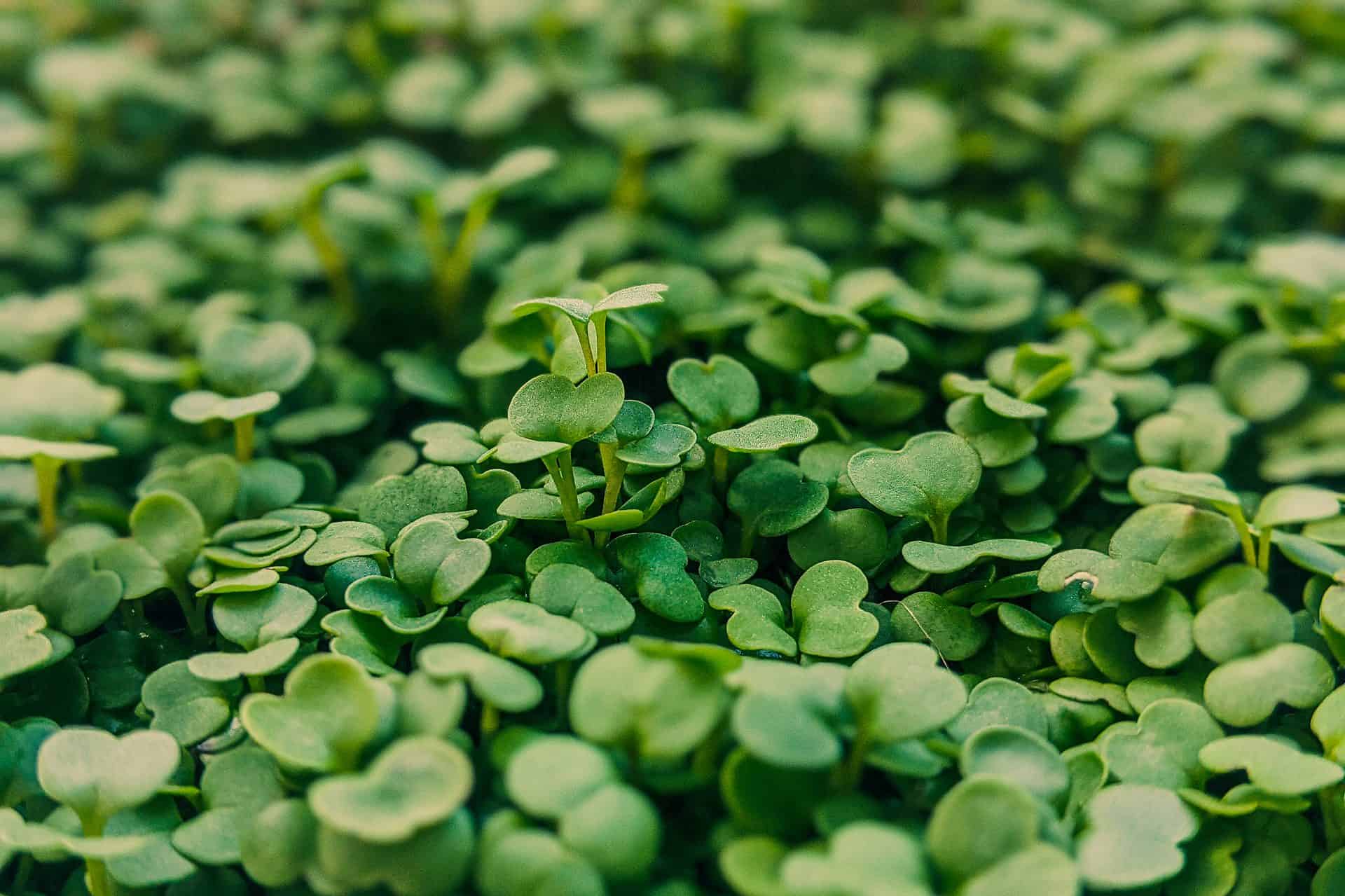

Garden Essentials
How To Get Rid Of Baby Tears Ground Cover
Modified: May 6, 2024
Learn how to effectively remove baby tears ground cover from your garden and create a healthier and more beautiful outdoor space.
(Many of the links in this article redirect to a specific reviewed product. Your purchase of these products through affiliate links helps to generate commission for Storables.com, at no extra cost. Learn more)
Introduction
Welcome to our comprehensive guide on how to get rid of baby tears ground cover. Whether you’re a seasoned gardener or just starting out, you may have encountered baby tears ground cover in your garden. While this delicate, dense carpet of tiny green leaves may initially seem charming, it can quickly become invasive and take over your garden if not properly managed.
Baby tears ground cover, scientific name Soleirolia soleirolii, is a low-growing perennial plant native to Corsica, Sardinia, and parts of Italy. It gets its name from its tiny, tear-shaped leaves that resemble drops of moisture. This plant is often selected for its attractive appearance and ability to form a lush, green carpet-like ground cover.
However, as baby tears ground cover spreads quickly and grows densely, it can easily outcompete other plants in your garden and become a nuisance. If left unchecked, it can smother neighboring plants, hinder water penetration, and create an ideal environment for pests and disease.
In this article, we will delve into the reasons for removing baby tears ground cover, provide tips for preparing to remove it, explore different methods for removal, discuss preventing its reappearance, and offer some final thoughts on maintaining a healthy garden.
Key Takeaways:
- Baby tears ground cover, while charming, can quickly become invasive and compete with other plants. Removing it manually or using herbicides can help regain control over your garden’s landscape.
- Preventing the reinfestation of baby tears ground cover involves regular maintenance, improving soil drainage, and monitoring for regrowth. Implementing these measures can help maintain a healthy and beautiful garden.
Read more: How To Get Rid Of Ground Cover Vines
Understanding Baby Tears Ground Cover
Before we jump into the process of removing baby tears ground cover, it’s essential to understand its growth habits and characteristics. By gaining a better understanding of this plant, you can make informed decisions on how to effectively remove it from your garden.
Baby tears ground cover is a fast-growing perennial plant that thrives in moist, shaded areas. It has creeping stems that root at nodes, allowing it to spread horizontally and form a dense mat of foliage. The leaves are small, round, and bright green, resembling tiny tear drops, hence the plant’s common name.
This ground cover is typically used to fill in shady areas where other plants struggle to grow. It is often seen in garden beds, under trees, and along pathways. Baby tears ground cover is also utilized in terrariums and indoor gardens due to its low maintenance requirements and attractive appearance.
One of the reasons why baby tears ground cover can become problematic is its vigorous growth. It has a high reproductive rate and can quickly dominate an area, overshadowing other desirable plants. The dense carpet of foliage also prevents water from penetrating the soil effectively, which can lead to poor drainage and potential root rot issues.
Moreover, baby tears ground cover is known to self-seed, further contributing to its invasive nature. The tiny seeds can easily spread via wind, water, or by sticking to animals or garden tools. Once established, it can be quite challenging to eradicate from the garden.
It’s important to note that while baby tears ground cover can be invasive, it has many positive qualities as well. Its lush green foliage adds a soft, elegant touch to garden beds and brings life to shaded areas. By understanding its growth habits and characteristics, you can make an informed decision on whether to keep it or remove it from your garden.
Reasons for Removing Baby Tears Ground Cover
While baby tears ground cover may have its aesthetic appeal, there are several reasons why you may want to consider removing it from your garden. Here are some common reasons gardeners choose to get rid of baby tears ground cover:
- Invasive Growth: Baby tears ground cover has a vigorous growth habit, spreading rapidly and dominating the area it occupies. Its quick expansion can lead to the smothering of other plants, resulting in decreased biodiversity in your garden.
- Competition for Resources: As baby tears ground cover forms a dense carpet, it can compete with neighboring plants for essential resources like sunlight, water, and nutrients. This competition can weaken or even kill vulnerable plants, affecting the overall health and balance of your garden.
- Difficult Maintenance: Despite its low-growing nature, baby tears ground cover requires regular maintenance to prevent it from taking over your garden. If left unchecked, it can quickly become unruly and challenging to keep in check.
- Drainage Issues: The dense mat of baby tears ground cover can hinder proper drainage in your garden beds. This can lead to waterlogging, root rot, and potential damage to the roots of other plants in the vicinity.
- Pest and Disease Concerns: The dense foliage of baby tears ground cover provides an ideal hiding place for pests and can create a favorable environment for diseases. Removing it can help reduce pest infestations and minimize the risk of plant diseases in your garden.
- Desired Garden Makeover: Sometimes, gardeners have a vision for a different style or design in their garden, and baby tears ground cover may not align with that vision. Removing it allows for a fresh start and gives you the opportunity to introduce new plants that better suit your desired aesthetic.
While baby tears ground cover offers certain benefits, such as providing a lush carpet-like appearance in shaded areas, it’s important to consider these reasons for removal. It is crucial to evaluate your specific garden needs and goals when deciding whether to keep or remove this ground cover.
Tips for Preparing to Remove Baby Tears Ground Cover
Before you begin the process of removing baby tears ground cover from your garden, it’s essential to take some preparatory steps to ensure a smoother and more effective removal. Here are some tips to help you get started:
- Assess the Area: Evaluate the extent of the baby tears ground cover in your garden. Identify the boundaries and areas where it has spread and determine the scale of the removal process. This will help you plan and allocate the necessary time and resources for the task.
- Gather the Right Tools: Make sure you have the appropriate tools for the job. Some essential tools for removing baby tears ground cover include gloves, a garden trowel or hand shovel, a rake, a garden fork or cultivator, and a wheelbarrow or garden waste bag for disposal.
- Pick the Right Time: Choose a time to remove baby tears ground cover when the soil is moist but not overly saturated. This will make it easier to loosen the roots for removal. Avoid working in extreme heat or when the ground is frozen.
- Protect Surrounding Plants: Take measures to protect any desirable plants growing near the baby tears ground cover. Use a garden fabric or cardboard to create a barrier around them to prevent accidental damage during the removal process.
- Consider Disposable Options: Baby tears ground cover can be challenging to eradicate completely, as tiny fragments and seeds can remain in the soil and quickly regrow. If you are concerned about its reestablishment, consider removing the plants and disposing of them rather than composting.
- Plan for Replanting: If you wish to replace the baby tears ground cover with other plants, take some time to plan your new planting scheme. Research shade-tolerant plants that will thrive in the area and create a well-balanced and attractive garden design.
- Stay Committed: Removing baby tears ground cover may require ongoing effort, as it can quickly regrow from any remaining roots or seeds. Be prepared to monitor the area and continue removing any baby tears that resurface to prevent reinfestation.
By following these tips, you’ll be well-prepared to tackle the task of removing baby tears ground cover. Remember to approach the process with patience and persistence, as it may take time to completely eradicate this invasive ground cover from your garden.
Methods for Removing Baby Tears Ground Cover
Now that you’ve prepared yourself for the removal process, let’s explore some effective methods for removing baby tears ground cover from your garden. Depending on the extent of the infestation and your personal preferences, you can choose from the following methods:
- Manual Removal: This method involves physically pulling out the baby tears ground cover by hand. Start by loosening the soil around the plants with a garden fork or cultivator. Gently grasp the base of the plants near the soil surface and pull firmly but carefully to remove as much of the roots as possible. Be thorough and remove any remaining plant fragments or seeds to minimize regrowth.
- Smothering: Smothering the baby tears ground cover is another effective method, particularly for larger areas. Cover the affected area with heavy-duty black landscaping fabric or thick layers of newspaper. Secure the coverings with rocks or weights to prevent them from blowing away. The lack of light and airflow will gradually weaken and smother the baby tears, making it easier to remove once it has died off.
- Solarization: This method uses the power of the sun to kill off the baby tears ground cover. Clear the area of any debris and ensure the soil is well-watered. Cover the infested area with clear plastic sheeting, securing the edges with rocks or weights. The plastic sheeting traps heat, raising the temperature of the soil and effectively killing the baby tears. Leave the plastic in place for several weeks, monitoring the progress periodically.
- Herbicide Application: If manual methods prove insufficient, you can consider using herbicides specifically designed for controlling broadleaf weeds. Choose a selective herbicide that targets broadleaf plants while sparing your desirable vegetation. Apply the herbicide according to the manufacturer’s instructions, taking care to protect surrounding plants from accidental overspray.
- Combination Approach: For stubborn infestations, a combination of methods can be effective. Start by manually removing as much of the baby tears ground cover as possible. Follow up with smothering or solarization to suppress any remaining growth. As a last resort, consider using herbicides to tackle persistent patches.
Remember to carefully follow the instructions for each method to ensure its effectiveness and minimize potential harm to the environment and other plants. Regardless of the method you choose, regular maintenance and monitoring will be necessary to prevent regrowth and maintain a clean, weed-free garden.
By employing these methods, you’ll be well on your way to removing the baby tears ground cover and reclaiming control over your garden landscape.
To get rid of baby tears ground cover, you can manually pull out the plants, making sure to remove the roots. You can also use a natural herbicide like vinegar or boiling water to kill the plants. Be sure to reseed or replant the area to prevent regrowth.
Read more: How To Get Rid Of Juniper Ground Cover
Manual Removal
One of the most effective and environmentally friendly methods for removing baby tears ground cover is through manual removal. By physically pulling out the plants, you can ensure that the roots are thoroughly extracted, minimizing the chances of regrowth. Here’s how to go about the manual removal process:
- Prepare the Area: Start by preparing the area for manual removal. Ensure that the soil is slightly moist, as this will make it easier to loosen the roots. If the soil is dry, water the area a day or two before you plan to remove the baby tears ground cover.
- Put on Protective Gear: Before you begin, don a pair of gardening gloves to protect your hands. Baby tears ground cover can sometimes irritate the skin, so it’s best to take precautions.
- Loosen the Soil: Use a garden fork or cultivator to gently loosen the soil around the baby tears plants. This will make it easier to remove them without breaking off the fragile roots.
- Grasp and Pull: Take hold of the base of the baby tears plants near the soil surface and pull firmly but carefully to remove them from the ground. As you pull, try to get as much of the root system as possible to prevent regrowth. If the plants are firmly rooted, use a garden trowel or hand shovel to help loosen them.
- Dispose of the Plants: Place the pulled baby tears plants into a wheelbarrow or garden waste bag for disposal. It’s important to dispose of them properly, especially if you’re concerned about their seeds spreading and causing reinfestation. Consider placing them in a sealed bag and disposing of them with your regular trash.
- Inspect for Residual Growth: Once you have removed the visible baby tears ground cover, inspect the area for any remaining plants, fragments, or seeds. These can easily regrow and repopulate the area, so it’s important to be thorough in your removal efforts.
- Maintain Vigilance: Baby tears ground cover can be persistent, and it’s not uncommon for regrowth to occur even after thorough manual removal. Monitor the area regularly and promptly remove any new shoots or plants that appear.
Manual removal may require some time and effort, especially if the baby tears ground cover has spread extensively in your garden. However, it is a sustainable and effective method that allows you to control the infestation without resorting to chemicals or herbicides.
Remember to stay consistent and persistent in your efforts. By regularly removing any regrowth and maintaining a vigilant approach, you can successfully eliminate baby tears ground cover from your garden and regain control over your landscape.
Using Herbicides
If manual removal methods have proven ineffective or the baby tears ground cover infestation is extensive, using herbicides can be an alternative approach. Herbicides can help control and eradicate the baby tears, but it’s important to use them responsibly and follow the instructions carefully. Here’s how to use herbicides effectively and safely:
- Select the Right Herbicide: Choose a herbicide specifically formulated to target broadleaf weeds. Look for herbicides that contain active ingredients like glyphosate or triclopyr, which are effective against baby tears ground cover. Read the product label to ensure it is suitable for use on your desired plants and follow any specific instructions provided.
- Prepare the Herbicide Mixture: Mix the herbicide according to the manufacturer’s instructions. Take care to follow the recommended dilution ratios and safety precautions. Use protective clothing, such as gloves, long sleeves, and goggles, to avoid contact with the herbicide.
- Apply the Herbicide: Use a sprayer or a paintbrush to carefully apply the herbicide to the baby tears ground cover. Take care not to spray or drip the herbicide onto desirable plants, as it may harm them. Aim to coat the leaves thoroughly and ensure that the herbicide reaches the root system.
- Timing and Weather Conditions: It’s crucial to apply herbicides during optimal weather conditions for effective results. Choose a calm day with no rain in the forecast to prevent the herbicide from being washed away. Avoid applying herbicides on windy days to prevent drift onto desirable plants.
- Follow-up Care: After applying the herbicide, allow sufficient time for it to take effect. Monitor the baby tears ground cover regularly and be patient, as it may take several weeks for the plants to show signs of decline. Remember to remove any dead or dying plants to avoid attracting pests or creating a breeding ground for diseases.
- Disposal of Herbicide Containers: Once you have finished using the herbicide, dispose of the containers properly according to local guidelines. Do not reuse or repurpose herbicide containers for other purposes, as it may lead to accidental ingestion or contamination.
- Environmental Considerations: Be mindful of the potential impact on the environment when using herbicides. Avoid using herbicides near bodies of water or areas where runoff could occur. Take precautions to protect bees and other pollinators by avoiding application during their active periods and targeting the herbicide only to the baby tears ground cover.
While herbicides can be an effective tool for managing baby tears ground cover, it’s important to use them judiciously and as a last resort. Manual removal methods should be considered first, as they are more environmentally friendly. Be sure to read and follow the instructions provided by the herbicide manufacturer for safe and effective use.
By using herbicides responsibly and in conjunction with other control methods, you can effectively combat and eliminate baby tears ground cover from your garden while minimizing harm to the environment and desirable plants.
Preventing Baby Tears Ground Cover from Reappearing
After successfully removing baby tears ground cover from your garden, it’s important to take preventive measures to ensure it doesn’t reappear and regain control over your landscape. Here are some tips to help you prevent the reinfestation of baby tears ground cover:
- Maintain Regular Garden Maintenance: Keeping up with regular garden maintenance is essential in preventing the resurgence of baby tears ground cover. This includes regular weeding, mulching, and proper pruning of nearby plants to ensure they don’t become overcrowded and provide an ideal environment for the ground cover to return.
- Improve Soil Drainage: Baby tears ground cover thrives in moist conditions, so improving soil drainage can help deter its growth. Ensure your garden beds have proper drainage systems in place, such as adding organic matter to improve soil structure and avoiding overwatering.
- Monitor for Regrowth: Keep a vigilant eye on the previously infested area, especially during the initial months after removal. Baby tears ground cover may attempt to regenerate from any remaining roots or seeds, so promptly remove any new growth as soon as it appears.
- Mulch with Weed Barrier: To further inhibit the regrowth of baby tears ground cover, consider using a weed barrier mulch. Apply a layer of thick organic mulch, such as wood chips or bark, around the area where the ground cover was previously growing. This will help suppress weed growth and create a barrier against the reestablishment of baby tears.
- Plant Dense or Competitive Ground Covers: Introducing dense or competitive ground cover plants in the previously infested area can help prevent the reoccurrence of baby tears ground cover. Select shade-tolerant plants that spread and form a tight carpet-like structure, which will compete with any remaining baby tears seeds or regrowth.
- Regular Inspections: Conduct regular inspections of your garden to check for any signs of baby tears ground cover or possible reinfestation. By catching it early, you can take immediate action to prevent its spread and minimize the effort required for removal.
- Proper Plant Disposal: If you decide to remove any other plants from your garden beds, ensure their proper disposal to prevent the introduction of baby tears ground cover seeds or fragments. Avoid composting any plants that may potentially contain baby tears seeds, as the composting process may not kill the seeds.
- Regularly Educate Yourself: Stay informed about baby tears ground cover and other invasive plant species prevalent in your region. By keeping up-to-date with the latest information and strategies for preventing their growth, you can better protect your garden and maintain its aesthetic appeal.
By implementing these preventive measures, you can significantly reduce the chances of baby tears ground cover reappearing in your garden. Stay vigilant and proactive in your garden management practices to ensure a healthy and beautiful landscape for years to come.
Conclusion
Dealing with baby tears ground cover in your garden can be a challenging task, but with the right knowledge and strategies, you can effectively remove and prevent its reoccurrence. By understanding the growth habits and characteristics of baby tears ground cover, you are able to make informed decisions about its presence in your garden and whether or not it aligns with your desired landscape.
We explored various reasons why gardeners choose to remove baby tears ground cover, such as its invasive growth, competition for resources, and maintenance difficulties. We also provided tips for preparing to remove the ground cover, including assessing the area, gathering the right tools, and planning for replanting.
Methods for removing baby tears ground cover were discussed, including manual removal, smothering, solarization, and herbicide application. We emphasized the importance of following proper procedures and safety precautions when using herbicides to control the ground cover, as well as environmentally-friendly alternatives like manual removal.
Preventing the reinfestation of baby tears ground cover was highlighted as a crucial step in maintaining a healthy garden. Regular maintenance, improving soil drainage, and monitoring for regrowth were among the preventive measures suggested. Additionally, using mulch with weed barriers and introducing competitive ground covers can help suppress the reestablishment of baby tears.
In conclusion, dealing with baby tears ground cover requires an understanding of its growth habits, careful planning, and consistent maintenance. By removing it effectively and taking preventive measures, you can regain control over your garden and create a landscape that aligns with your vision and enhances the overall aesthetic appeal. Stay informed, stay proactive, and enjoy the beauty of a well-maintained garden.
Now that you've tackled removing baby tears ground cover, why not redefine your garden's boundaries with some creative flair? Our next feature showcases 40 inspiring garden fence ideas that will transform any landscape. Whether you're looking to add charm or function, these designs cater to every style and need. Dive into a world where your garden not only thrives but also stands out beautifully.
Frequently Asked Questions about How To Get Rid Of Baby Tears Ground Cover
Was this page helpful?
At Storables.com, we guarantee accurate and reliable information. Our content, validated by Expert Board Contributors, is crafted following stringent Editorial Policies. We're committed to providing you with well-researched, expert-backed insights for all your informational needs.
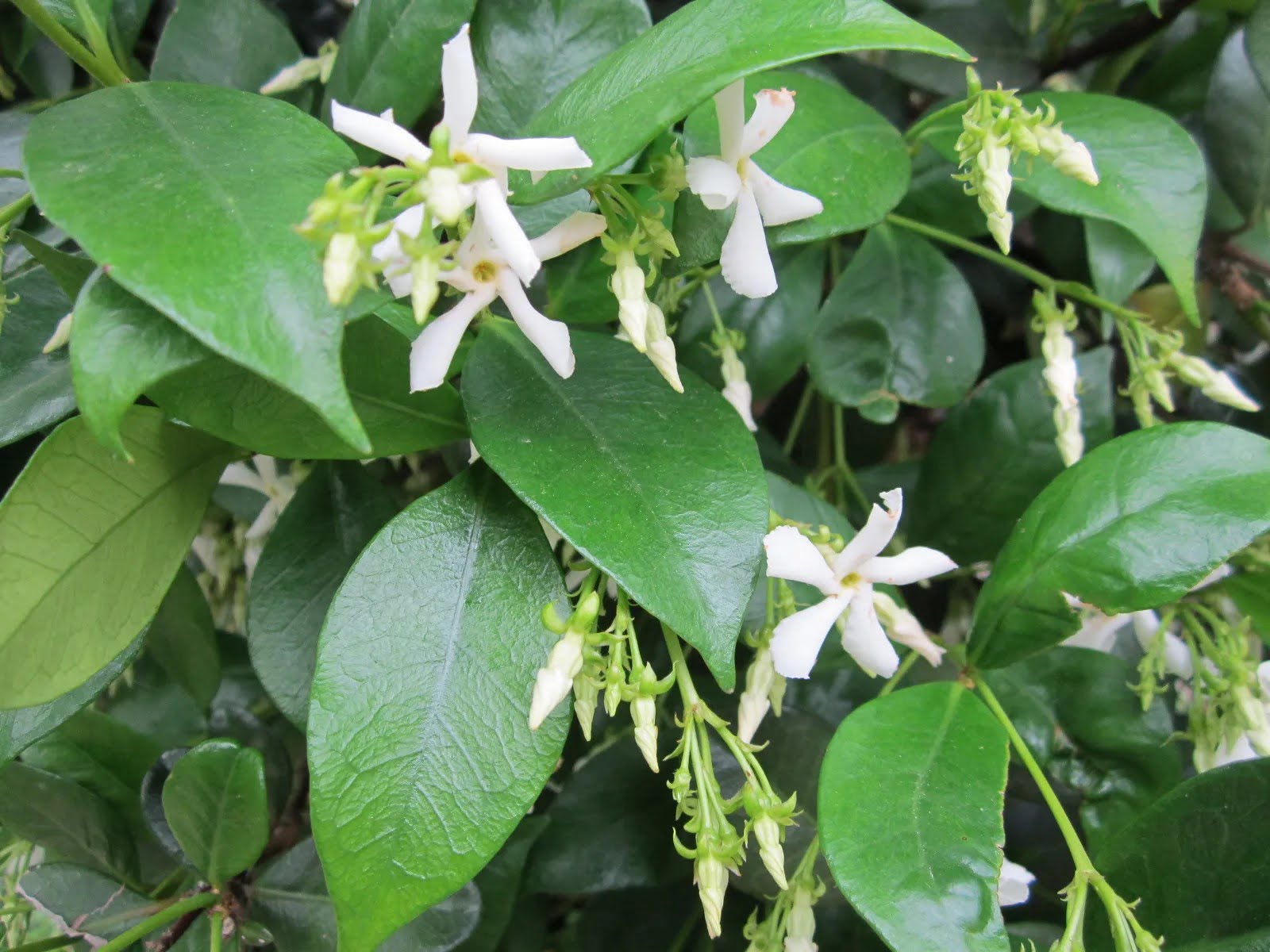
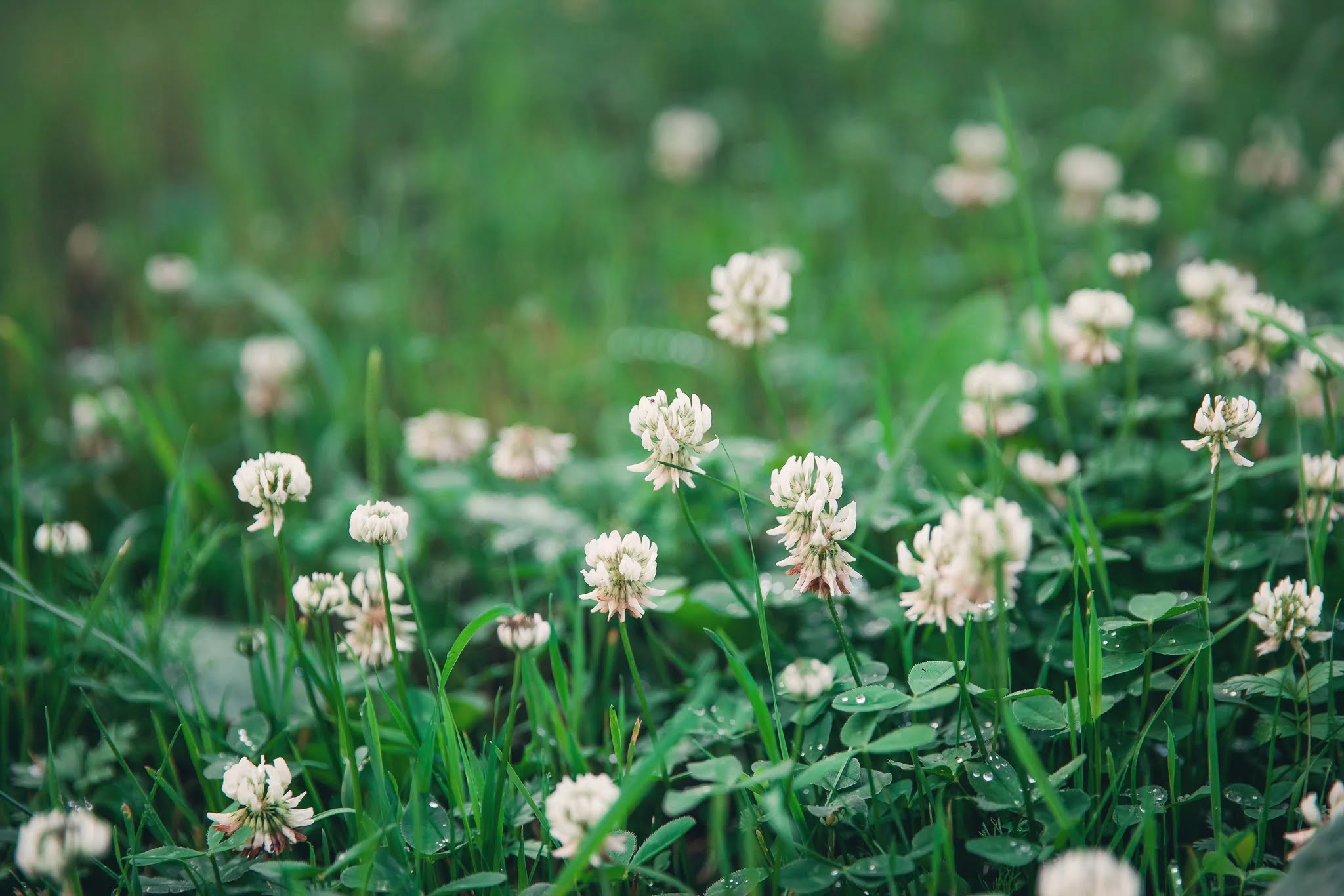
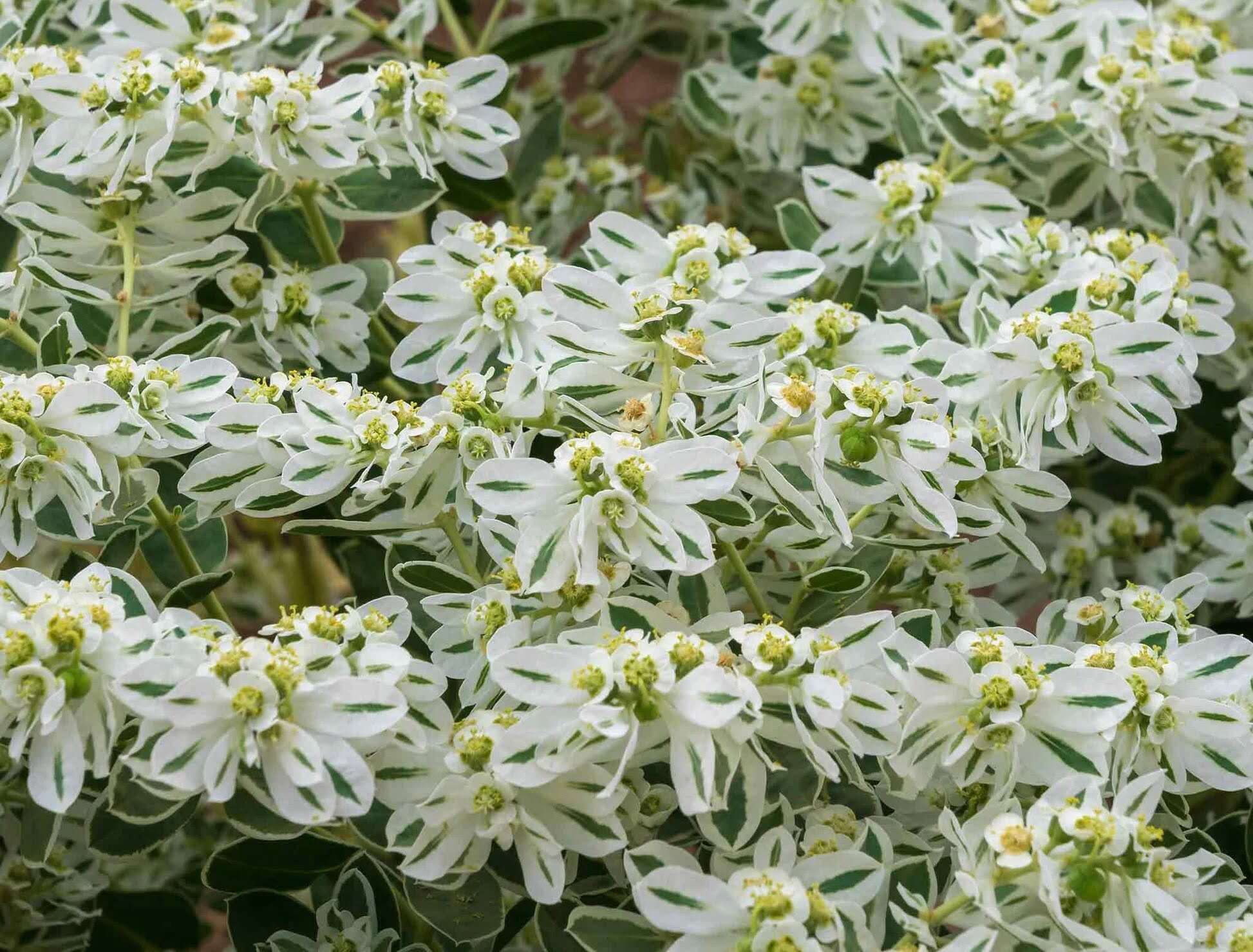
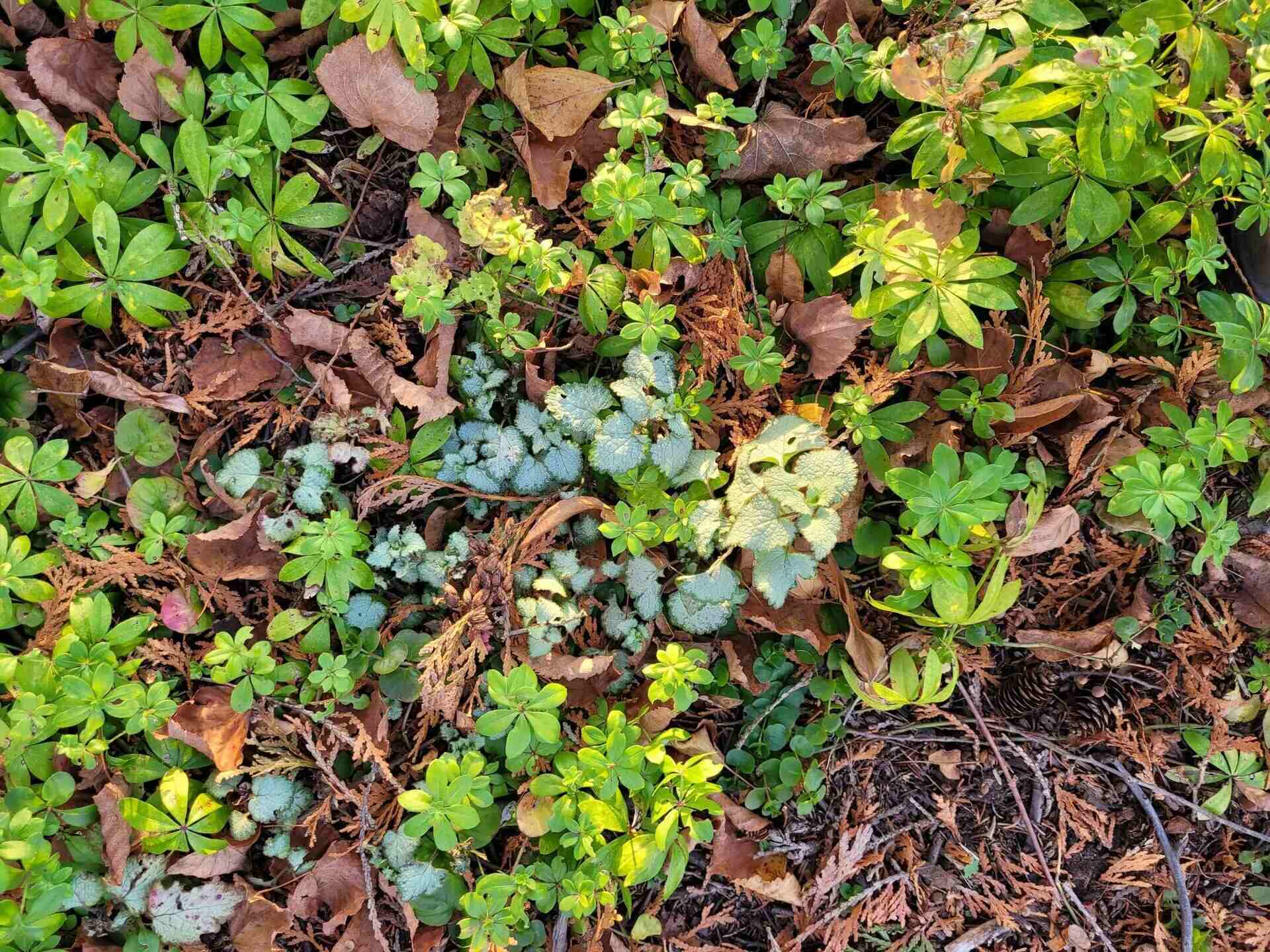
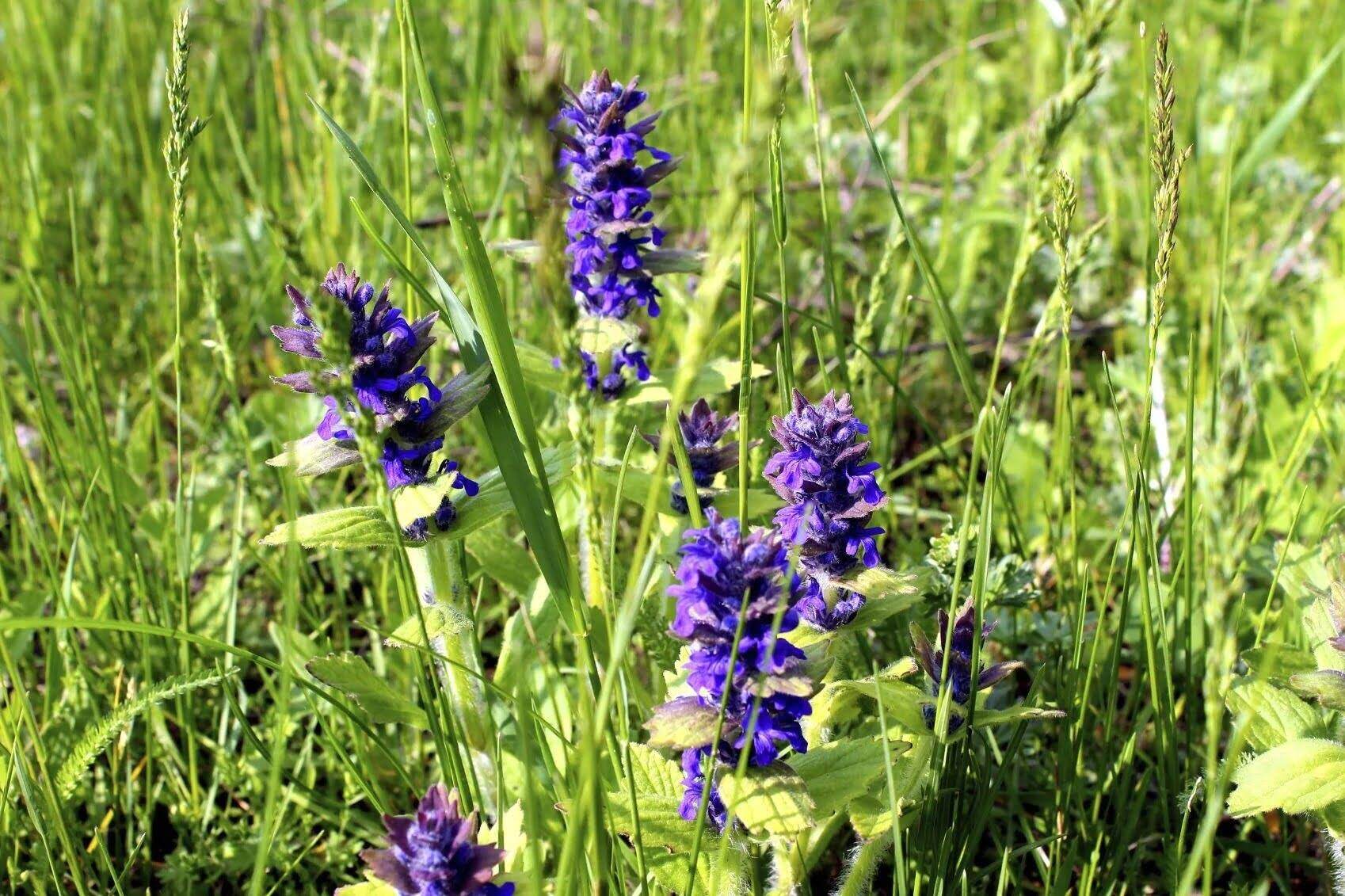
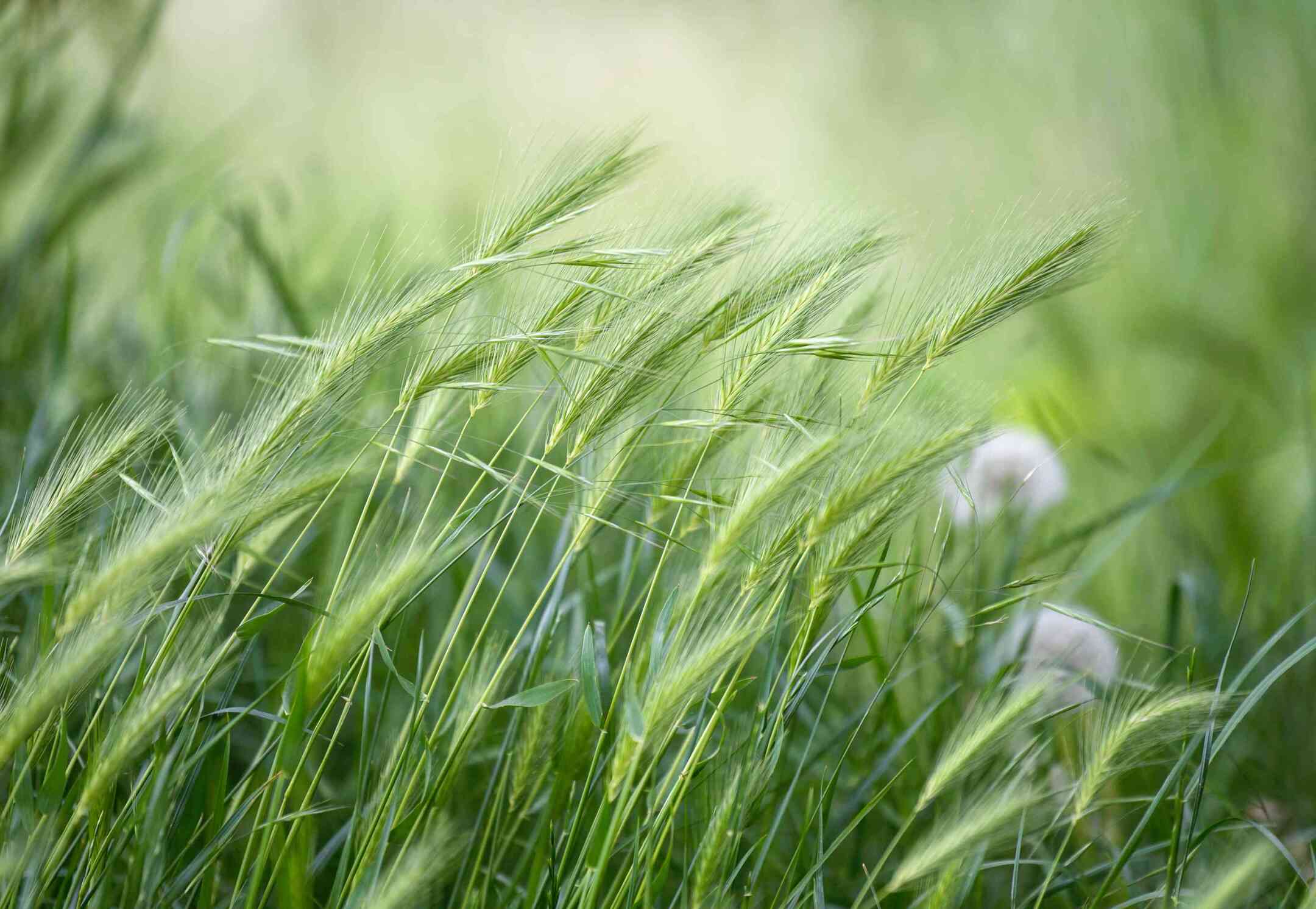
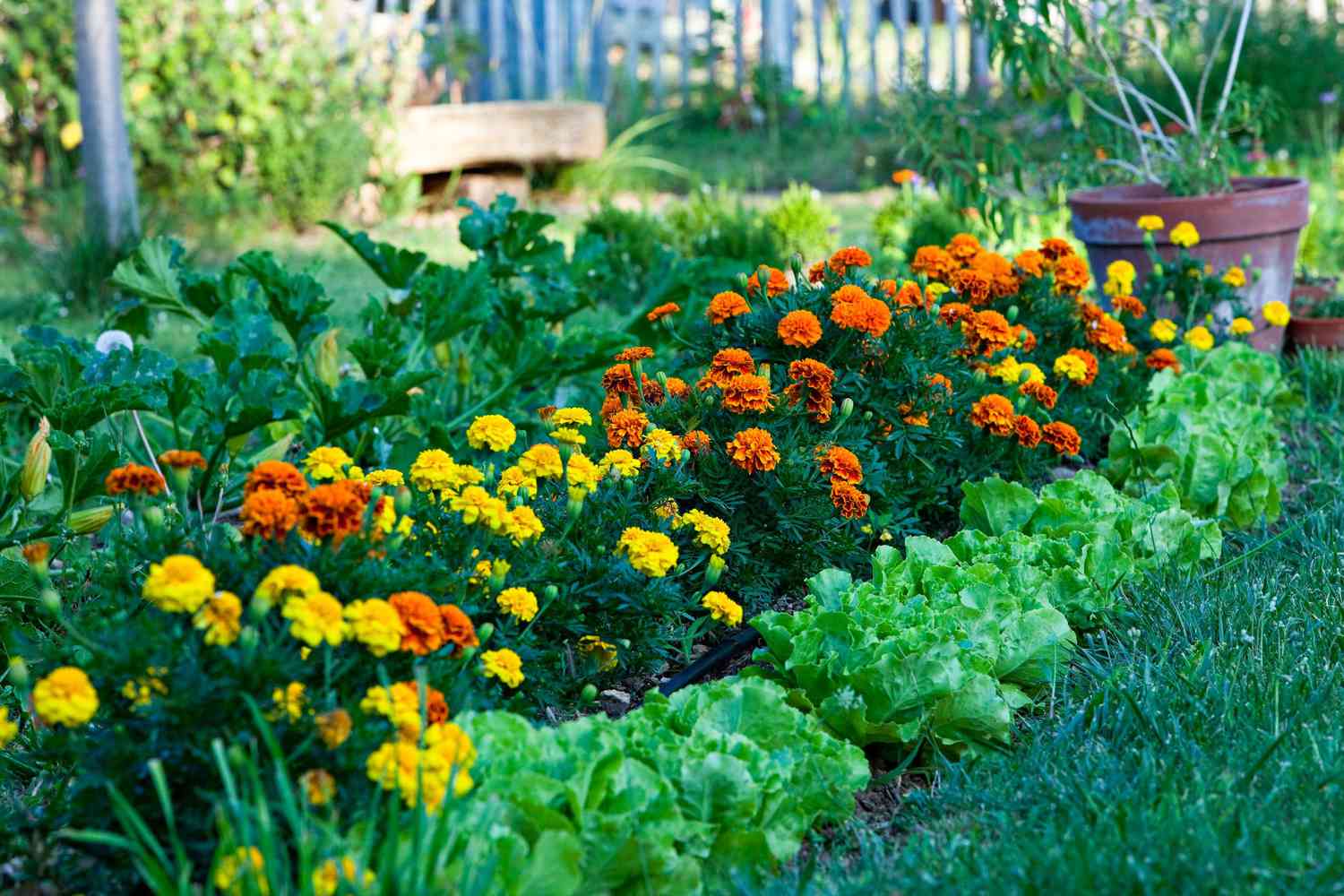
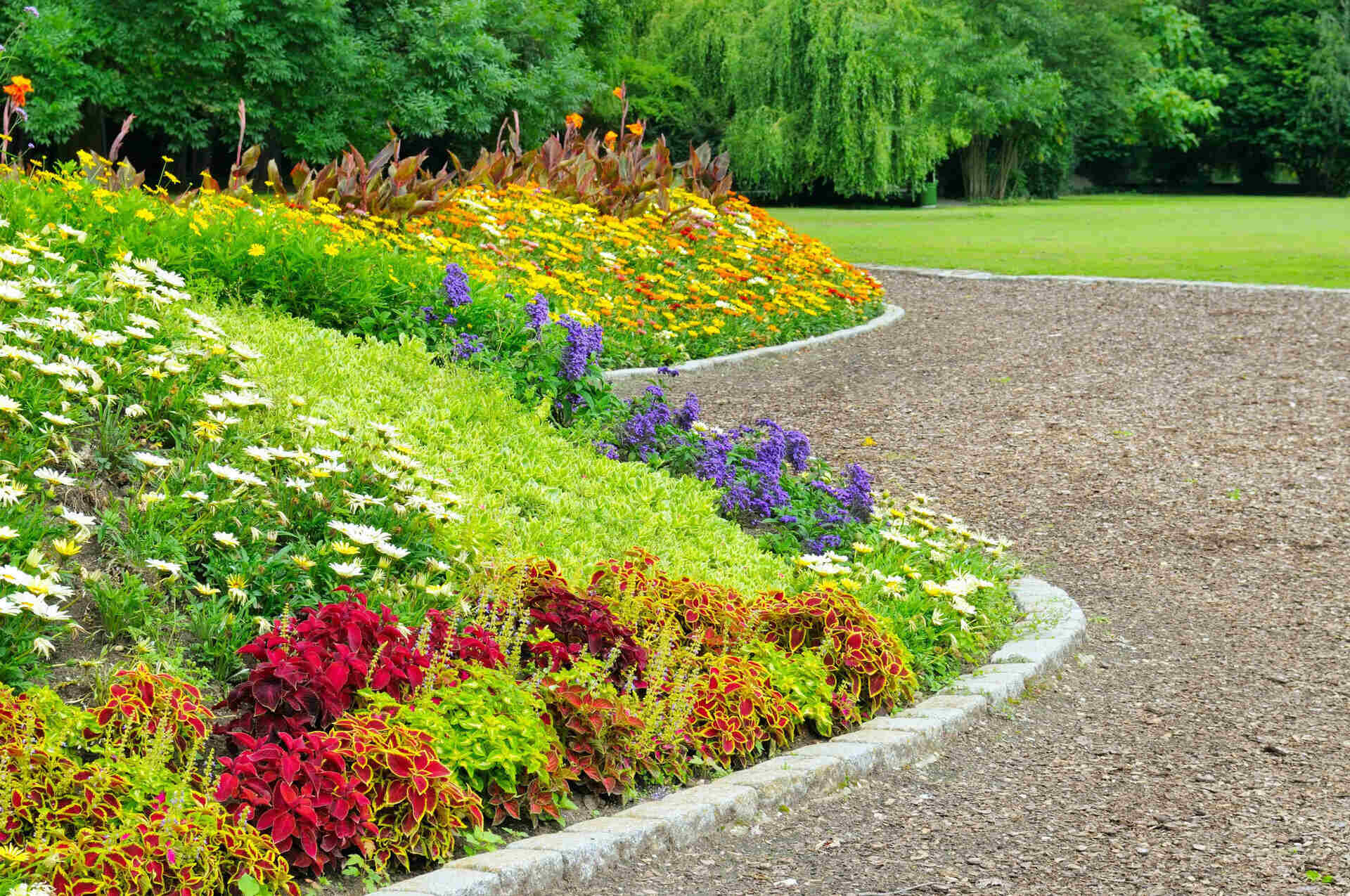
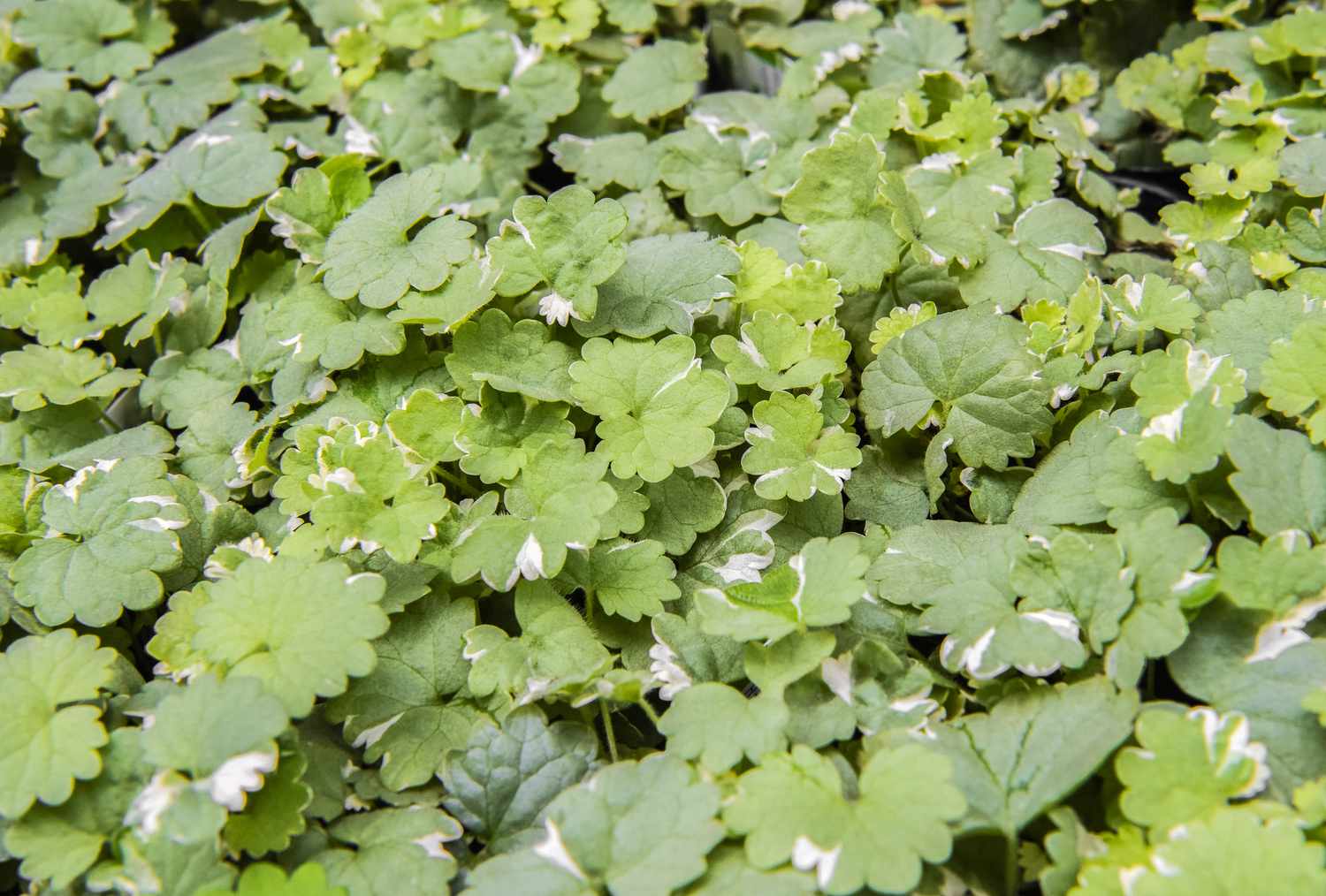
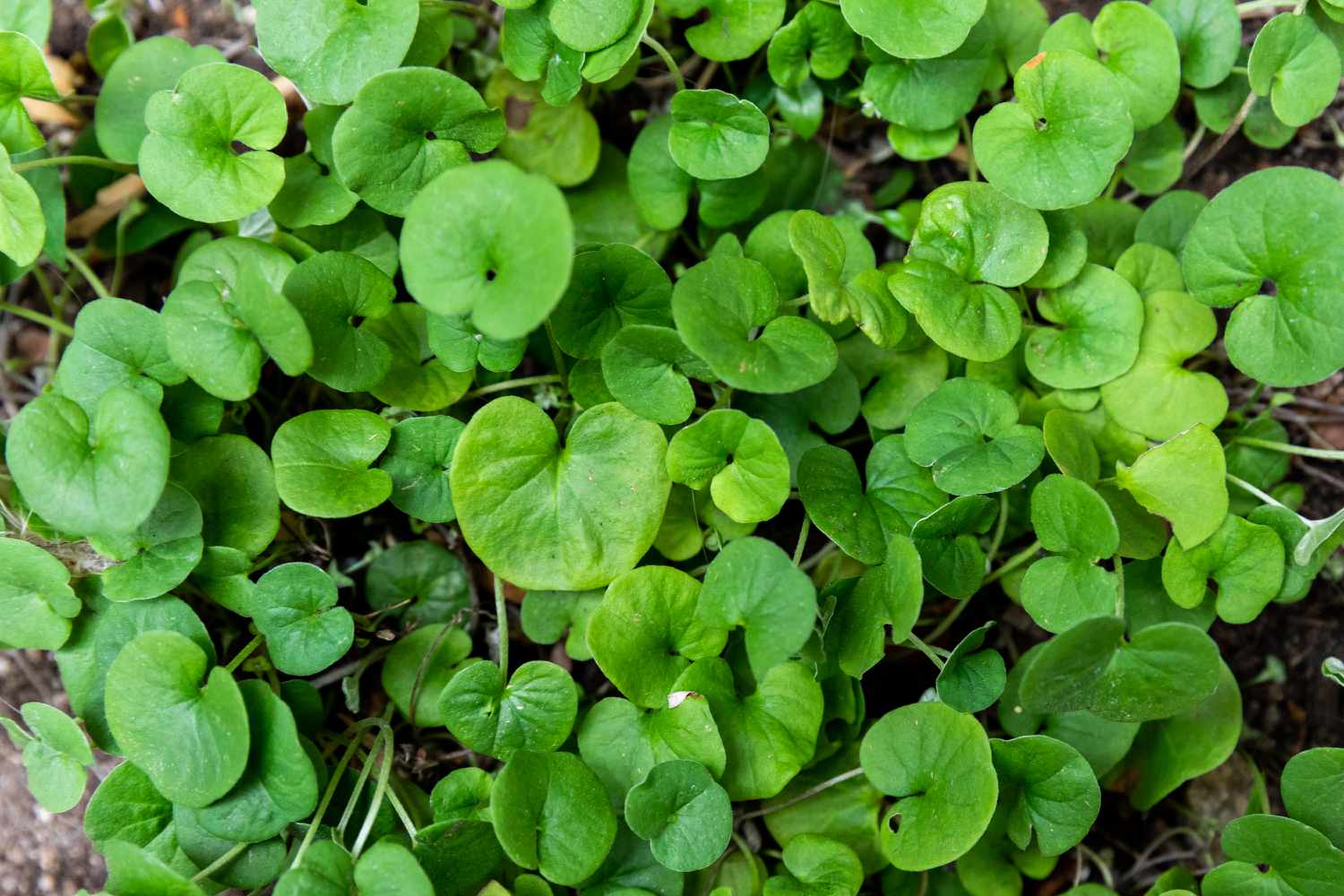
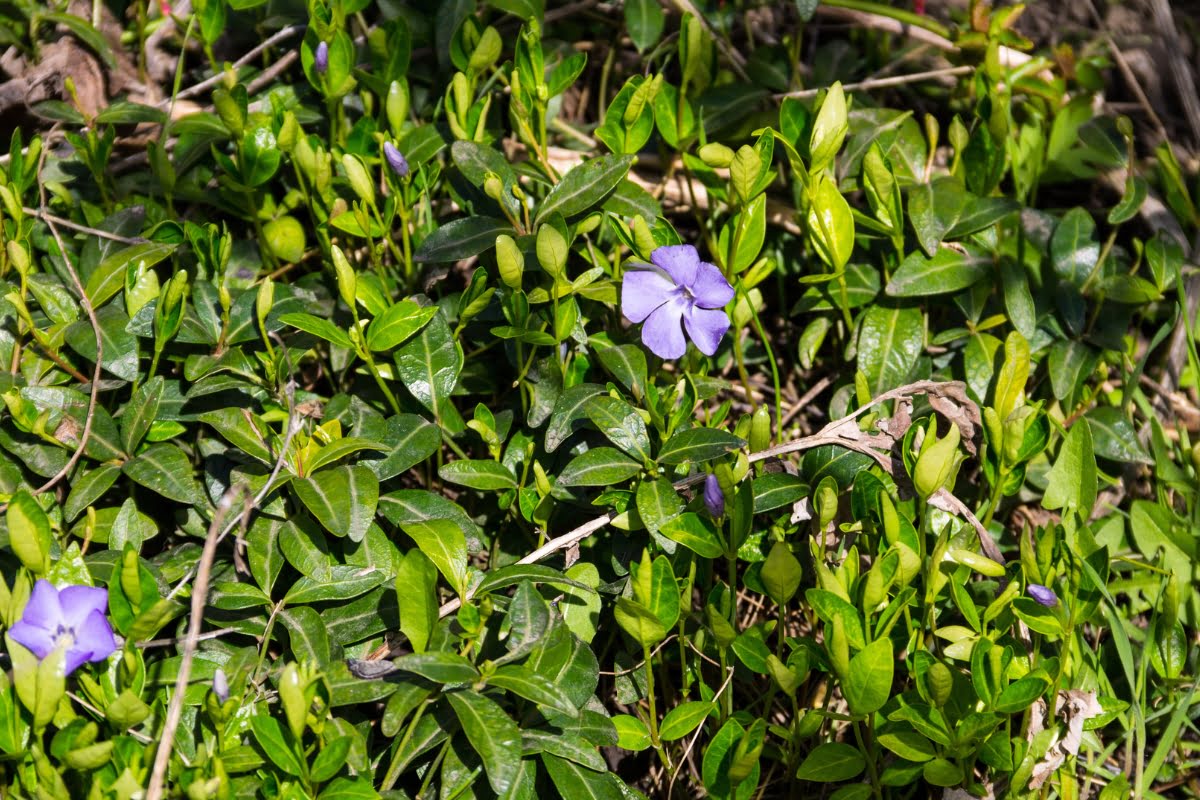
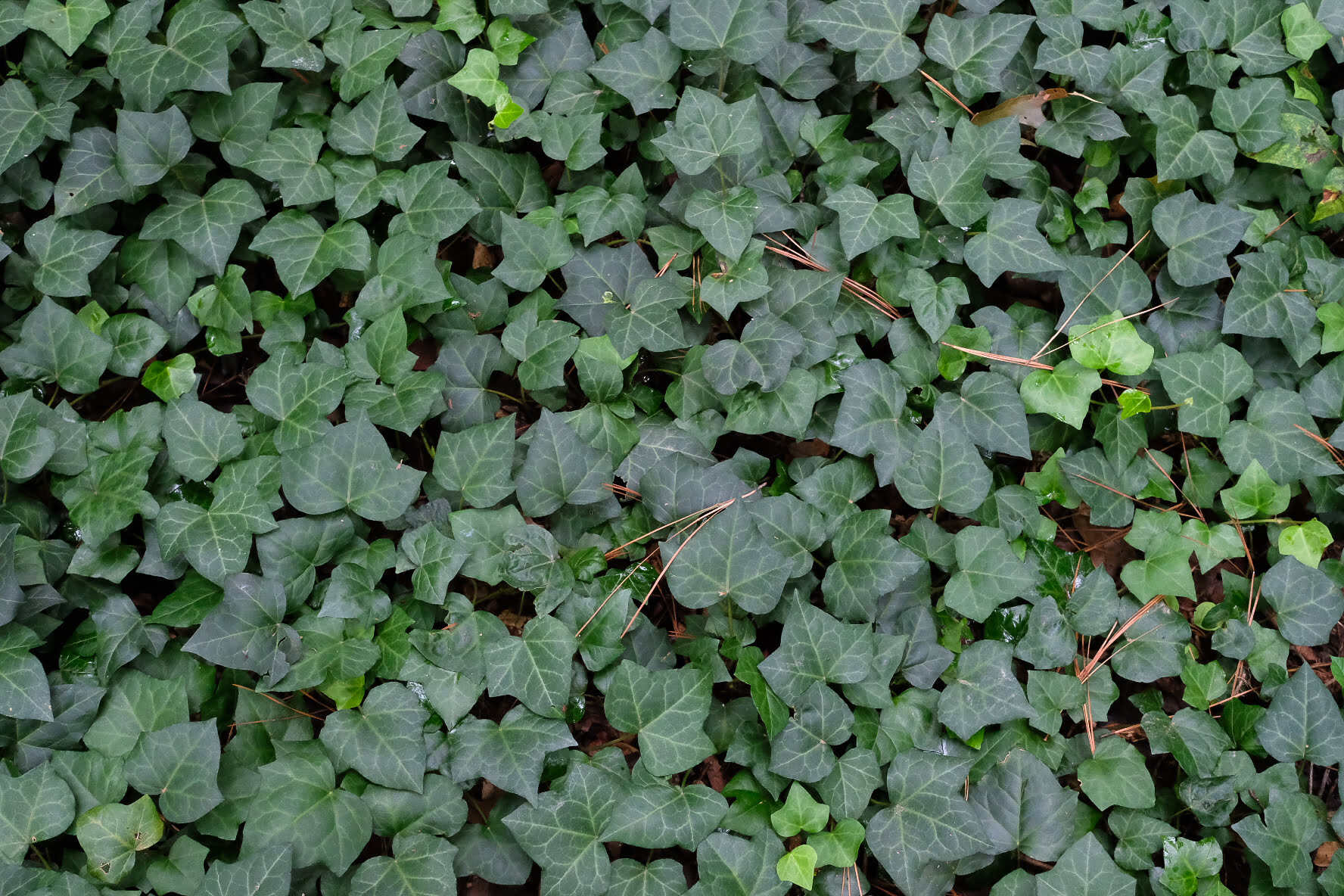
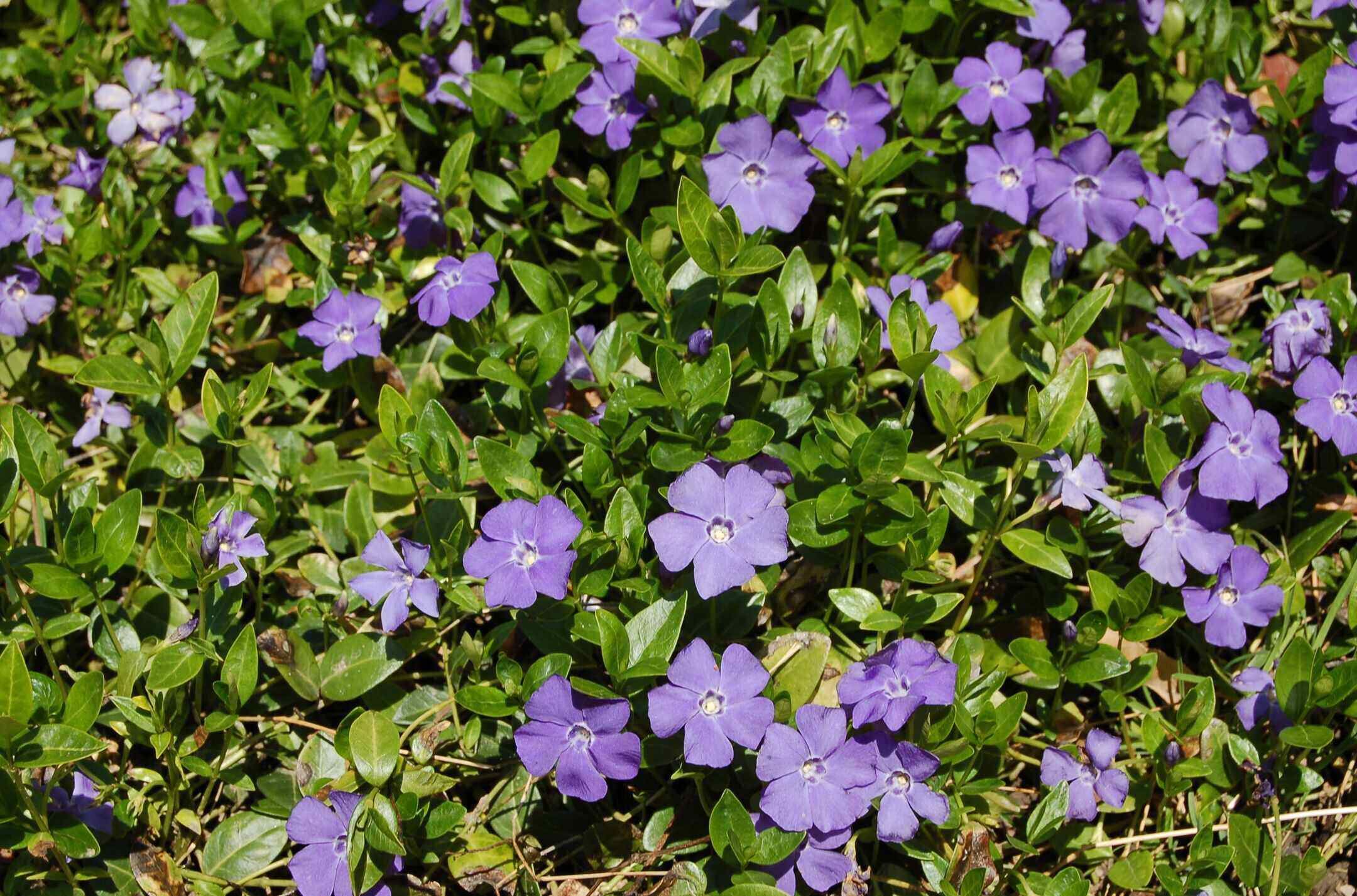
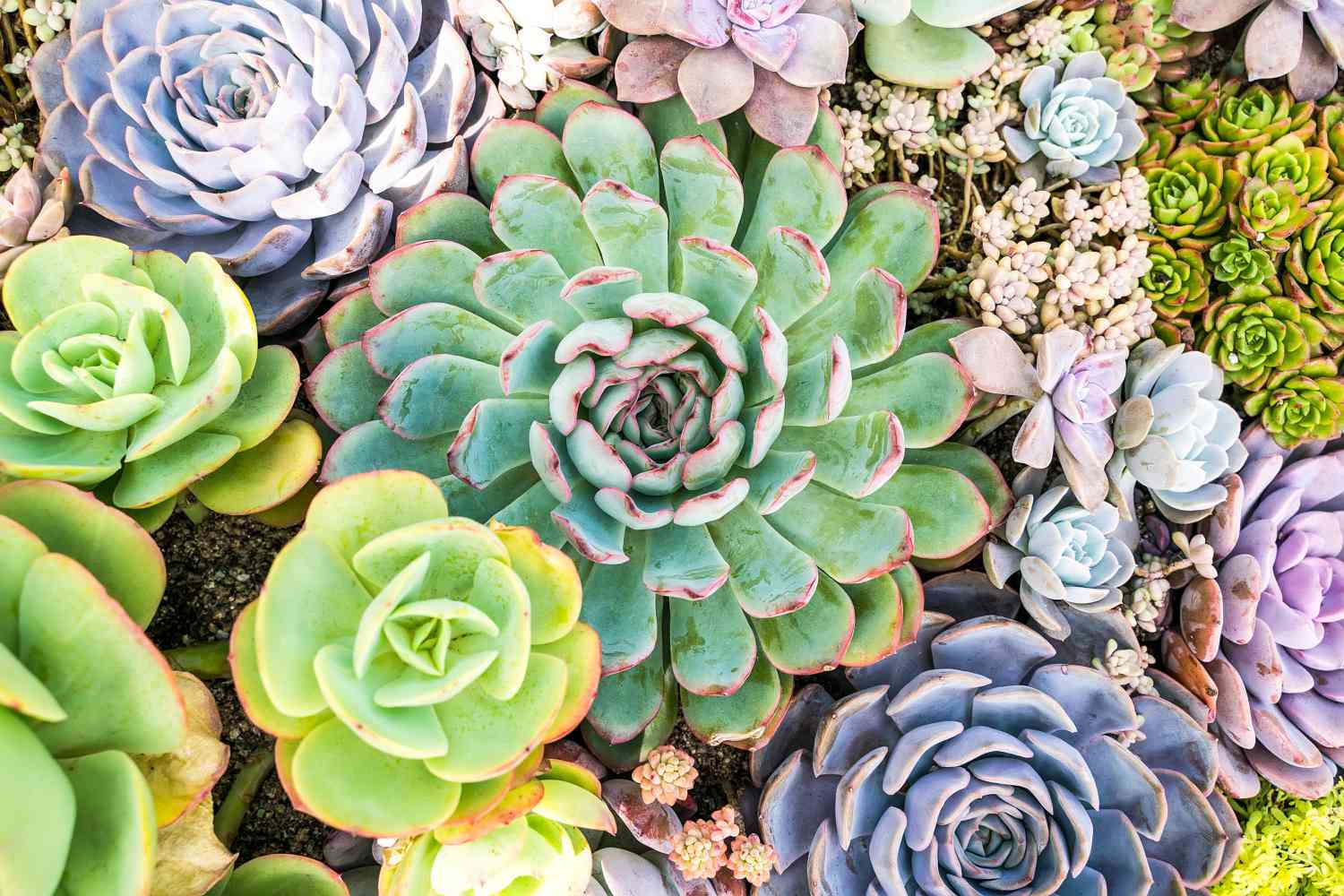

0 thoughts on “How To Get Rid Of Baby Tears Ground Cover”